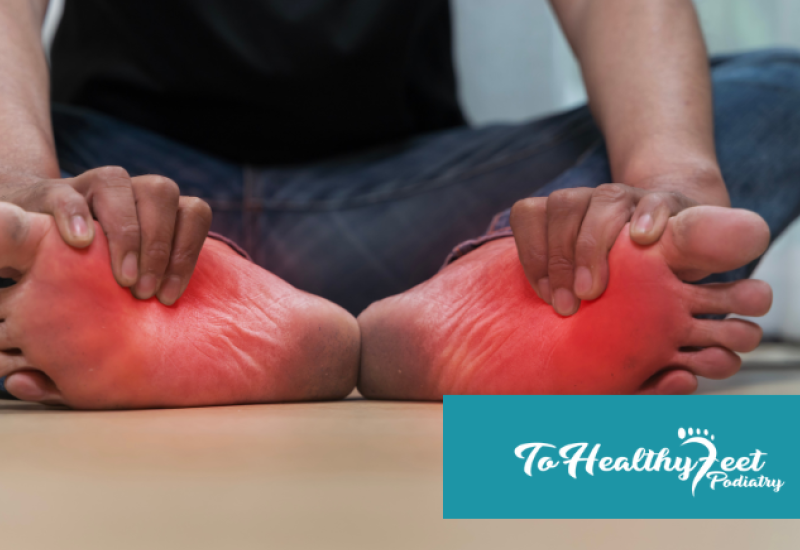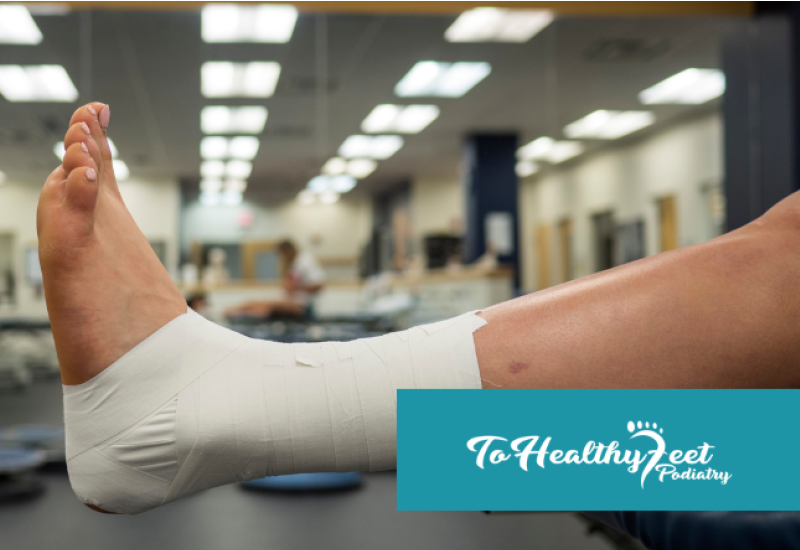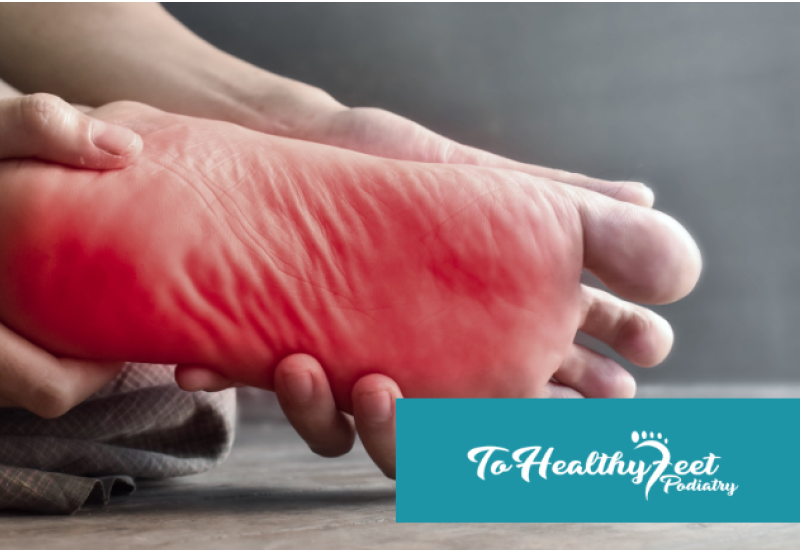When you wear ill-fitting shoes and go without socks, your body protests by forming corns and calluses on your feet. More than a sore sight, these hardened layers of skin can eventually become painful and even lead to infections.
Take care of your feet! While corns and calluses seldom lead to severe medical complications, they may sometimes require a doctor or podiatrist to manually remove them via debridement or surgery. Learn how to prevent corns and calluses by developing in the first place, how to recognize their symptoms before they get worse, and safely treat them if you have to.
Contact Us Book a Virtual Consultation
Understanding Corns and Calluses
Corns and calluses form on your sole and toes when your feet are constantly under pressure and friction. These hardened skin growths protect your feet from further damage. While corns and calluses are never life-threatening, they can be unsightly and can cause extreme discomfort in the most severe cases. More importantly, they indicate that you are wearing out your feet.
Podiatrists at the To Healthy Feet Podiatry can help you prevent, manage and treat corns and calluses. Call (917) 398-3668 or fill out the online contact form to get started!
How Do Corns and Calluses Form?
Corns and calluses on feet form as cushions to protect your feet from repeated pressure and friction. These hardened patches of skins are rarely medically alarming, but they can look unattractive and cause pain and annoyance. They can also get infected when they crack and bleed, causing further complications.
Some known causes for corns and calluses include:
- Wearing the wrong shoes: Shoes too tight and too large can both lead to corns and calluses on your feet. Tight shoes like heels exert constant pressure on your feet. Large shoes make your feet rub against them, causing friction on the skin.
- Not wearing socks: Socks insulate your feet from fiction. Not wearing them causes your foot to rub against your shoes, which leads to the formation of calluses on your sole.
- Walking barefoot: Walking without footgear is a great way to force the development of corns and calluses to protect your feet from constant pressure and friction.
How To Recognize Corns And Calluses
Corns and calluses can be recognized by their bumpy and rough texture. The skin around these growths tend to be flaky and dry.
Corns and calluses are different, however:
- Smaller than calluses, corns are hardened skin protrusions surrounded by inflamed skin. Unlike calluses, corns usually develop on the topside, between toes, or the edges of your feet rather than on your soles. Corns can be painful, especially when under pressure or friction.
- Calluses usually form on the soles of your feet and can get quite large. They are rarely painful.
Corns And Calluses Treatment
Wearing adequate shoes, socks, and protective pads over the affected areas can help fix corns and calluses.
If these they persist, however, you can try a range of medical treatments:
- Debridement: Using a scalpel, your podiatrist or doctor will trim or peel off the thickened skin from the corn or callus. You should not try this yourself, as it can lead to an infection.
- Medication: Non-prescription treatments containing salicylic acid can reduce the thickened skin on your feet.
- Orthotics: Shoe inserts and insoles can reduce the pressure and friction your feet may be experiencing.
- Surgery: In rare cases, corns and calluses can be attributed to bone deformity in your feet. Surgery may be needed to correct it.
What Can You Do About Corns and Calluses?
Although corns and calluses are your body’s way of protecting your feet from excessive pressure and friction, they can become problematic if left unaddressed. Hardened skin growths can cause pain and discomfort—not to mention their unsightliness. The worst corns and calluses can even lead to infections if they start cracking and bleeding.
Knowing how corns and calluses form can help you prevent their development in the first place. Once formed, these thickened layers of skin can still be treated by a combination of over-the-counter medication and orthotics. In more severe cases, however, you may need debridement or surgery.
Call To Healthy Feet Podiatry at (917) 398-3668 or fill out the online contact form to see how our podiatrists can help you get rid of corns and calluses on your feet.
FAQs
Q: When should I seek medical attention for corns and calluses?
A: You should see a doctor or a podiatrist when your corns or calluses have become unbearably painful or inflamed.
Q: Will corns and calluses go away on their own?
A: Yes. Corns and calluses can recede on their own if you stop doing the activities that caused them in the first place.
Q: Are corns and calluses dangerous?
A: While they could be painful, hardened skin is rarely dangerous. However, corns and calluses could result in an infection if they crack and bleed.



